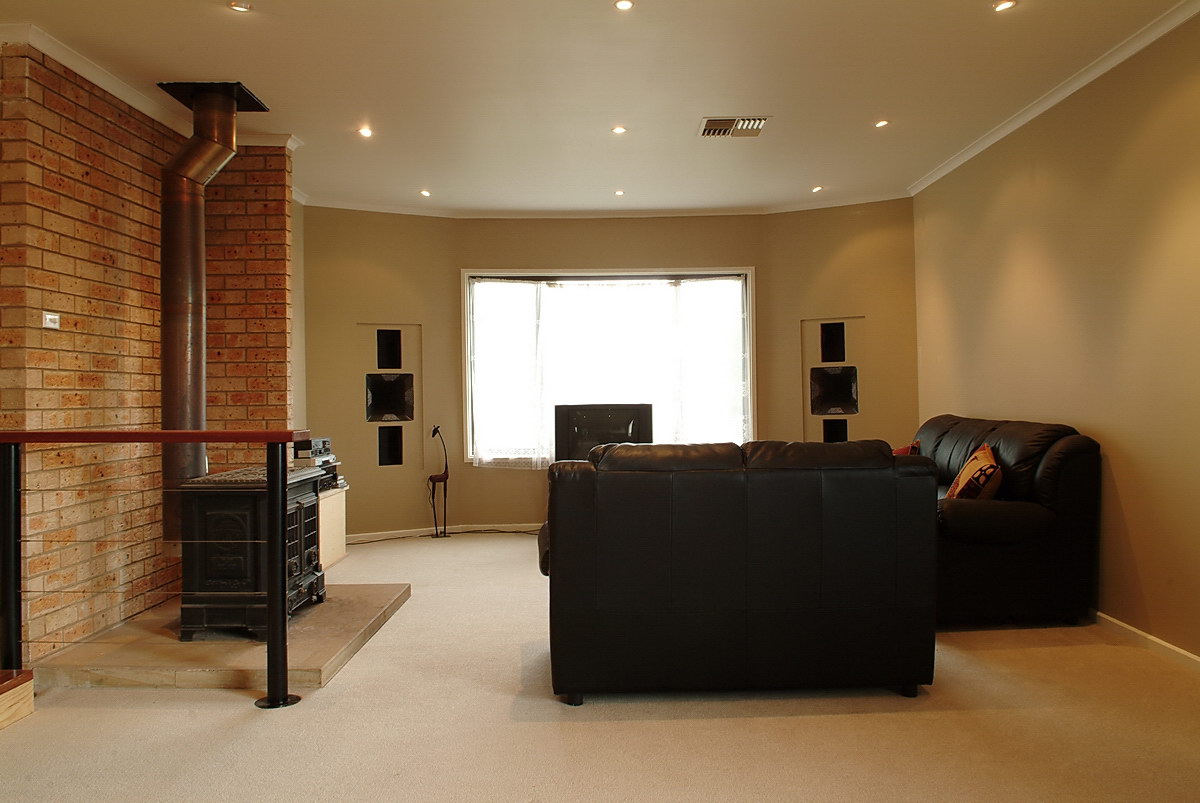
My latest iteration on Unity Horn speakers in the home takes a bit of an unconventional direction. The horns have been soffit mounted along with eight Peerless XXLS 830847 drivers. The drivers are mounted in pairs in a clamshell configuration to minimise structure born vibration from the speakers. This was essential because the speakers are not decoupled from the house structure, they are actually integral to it. The 830747's are mounted in sealed enclosures of about 90 liters per driver. Soffit mounting is a technique used regularly in recording studios. It eliminates the baffle step associated with having a pair of speakers sitting out in the room. The radiation angle at low frequencies is confined to 90 degrees in the horizontal plane. The Unity horns also have a radiation angle which is around 90 degrees at the crossover frequency, narrowing to 60 degrees up higher. Having a speaker system with essentially the same radiation angle at all frequencies guarantees a flat power response. This can clearly be heard when walking around the listening room, and indeed the whole house. Apart from a reduction in exteme treble, the sound essentially doesn't change as you walk around the house. The baffles are at an angle of 30 degrees from the front wall, and combined with the 60 degree radiation angle of the Unity Horns, there are no reflecions off the walls in front of the listening position. The rear wall is a long way back so it takes a long time before any reflected sound reaches the listening position. As a result, the sound is very dry, almost like being outdoors. The dry sound makes the acoustics captured in a recording much more realistic.
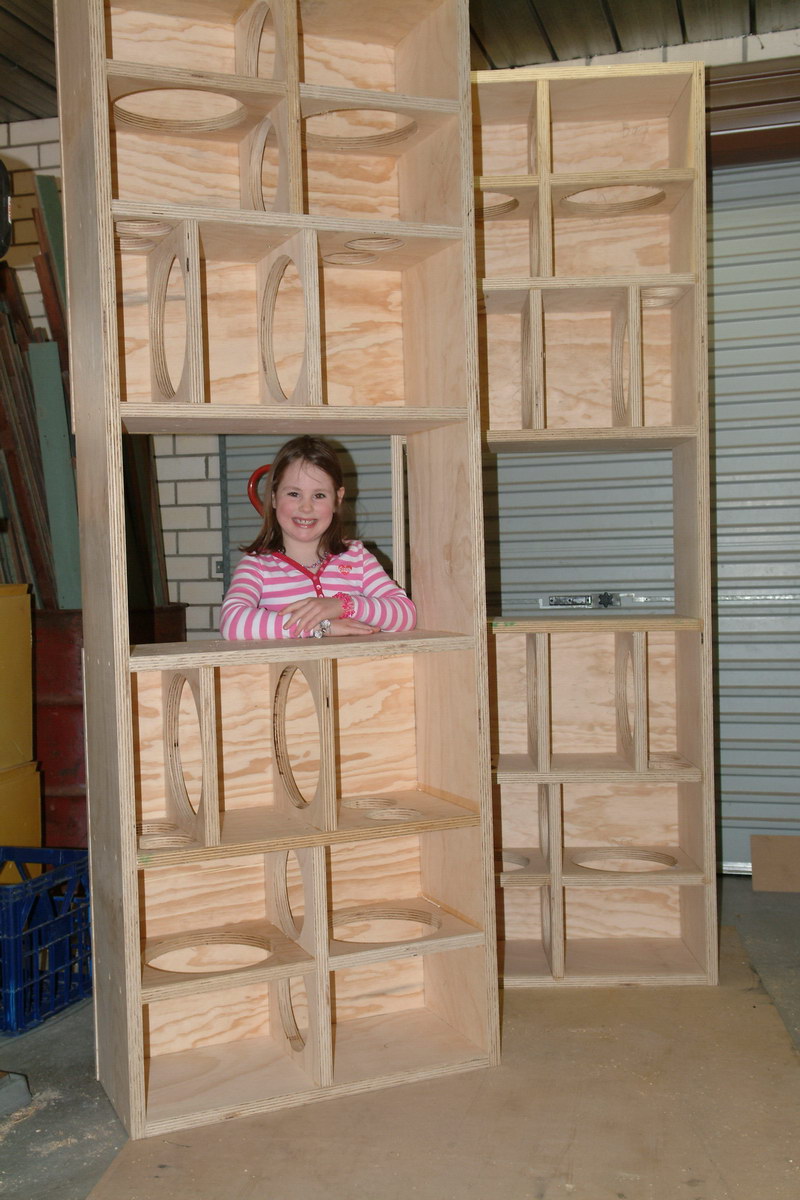
My little helper, Bianca, posing for a photo during the construction of the enclosures. They are made of 25mm ply, except for the baffles which were MDF, 25mm and 10mm laminated together to allow a recess for the grills and provide a nice smoth surface to match the finish of the gyprock walls. The enclosures including baffles and drivers weigh around 250Kg each.
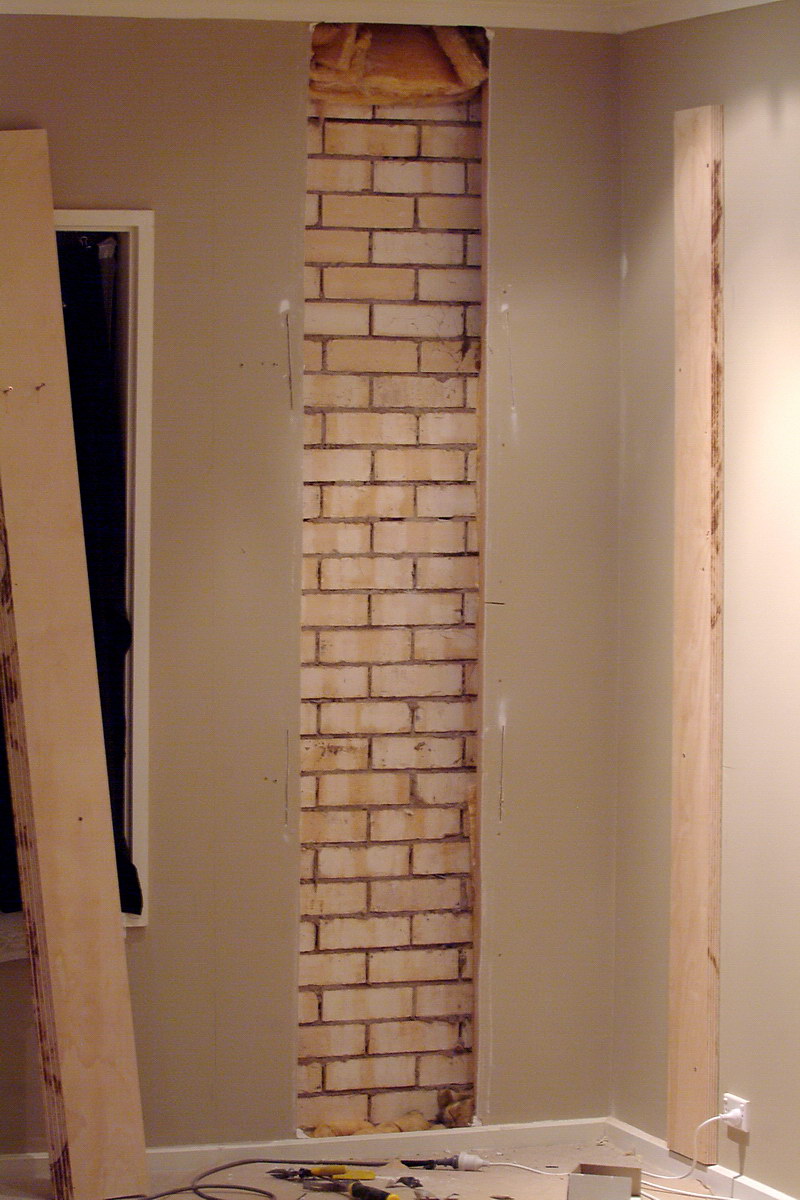
The depth of the boxes required that the speakers be recessed into the wall, to achieve this I needed to move four studs. Being an external wall on a brick veneer home, this left me with an extra 200mm of mounting depth to play with. I needed to keep the baffle width down to 1200mm because of the proximity to the window in the front wall.
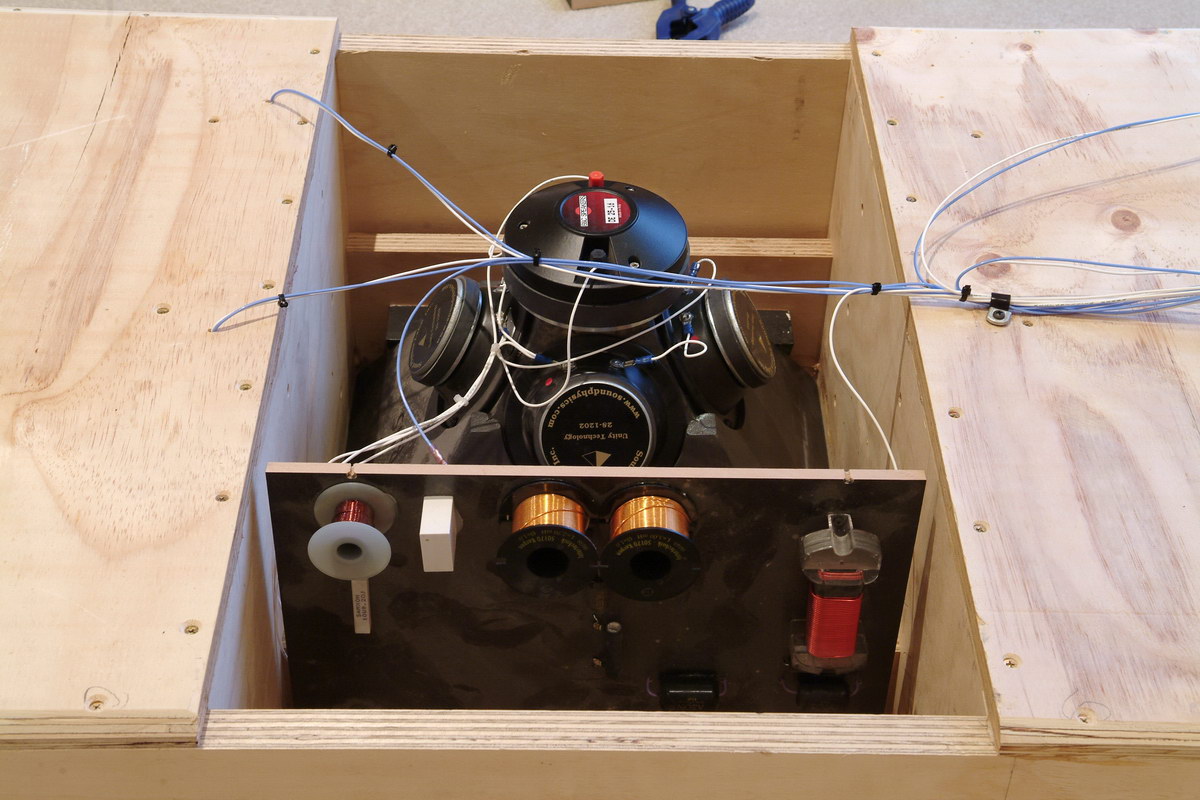
Here you can see the back of the Unity horns mounted in the speaker enclosures with their associated crossovers.
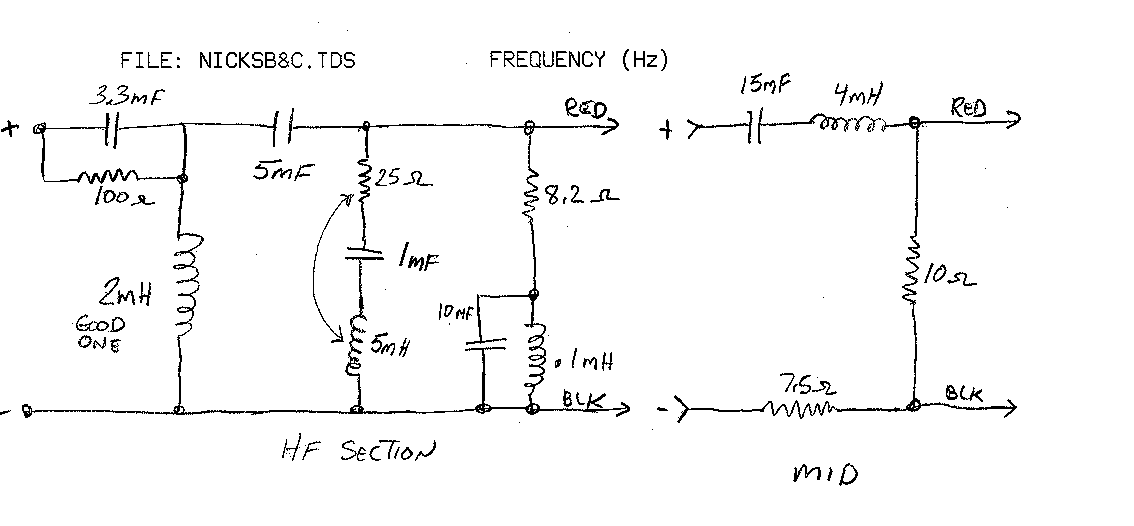
Here is the crossover I am using on the Unity horn. As far as I can tell, it's Tom's most recent development for my horn and combination of drivers. I tried three other versions provided by Nick McKinney before this one and was never happy with the results. This version sounds excellent. Tom proposed a mod to the midrange ports which I was unable to do when the speakers were mounted in their previous boxes. He suggested that I change the 10R resistor in the mid section for 12R when not using this port mod. The arrow between the 25R resistor and the 5mH inductor is showing that the DC resistance of the inductor is subtracted from the resistor. If your inductor has a 3R DCR the resistor needs to be 22R. Keep the DCR on the 2mH inductor as low as practical. The mids (Misco JC5RTF-B I believe) are wired in series / parallel. The DE25 is the 16R version. I'm not sure why this version was used as the top end sensitivity on the compression driver sets the system sensitivity. The 8R version would have lifted the sensitivity by 3dB. This could be done by scaling the high pass network components to suit. The B&C DE250 would be a suitable substitute now that the DE25 is becoming hard to obtain. These drivers have very similar characteristics. The BMS 4550 would be better yet, but would require a crossover redesign. The mid driver port holes are 19mm dia and 19mm deep and enter the horn where it is 75mm across.
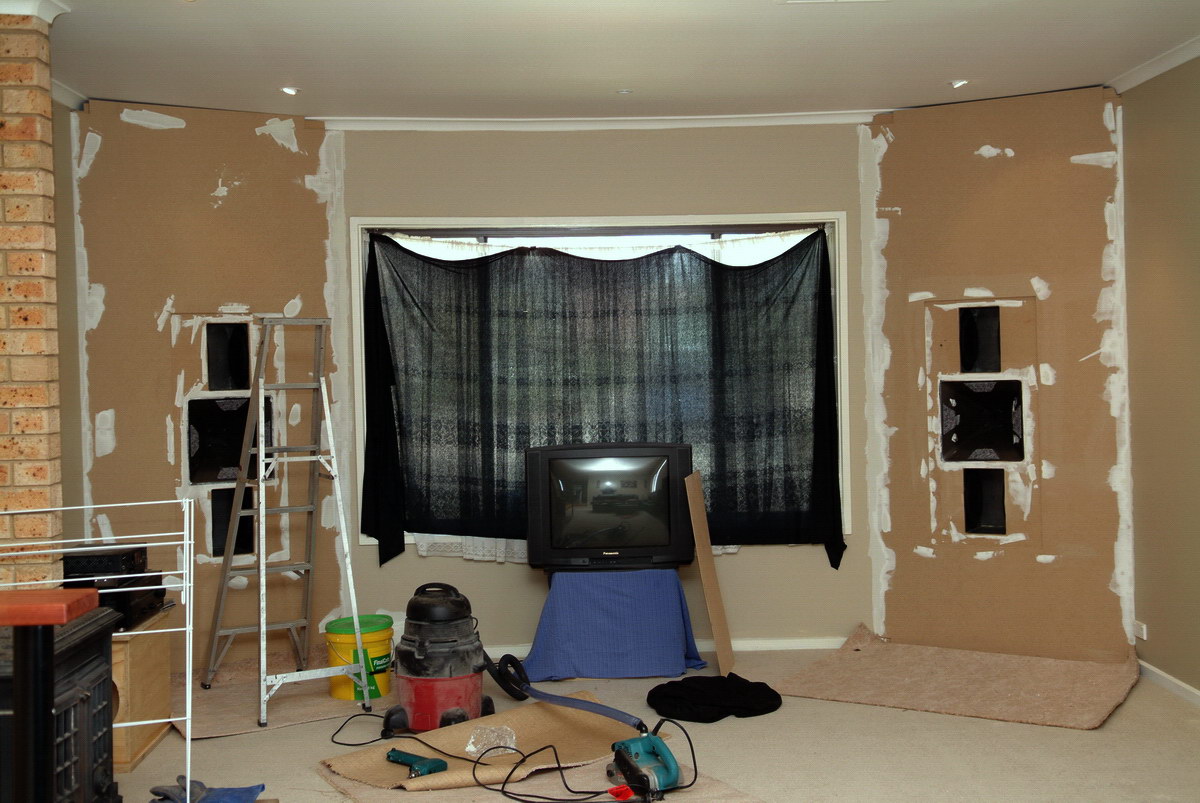
Filling screw holes and blending the speakers into the existing (Out of square!) walls.
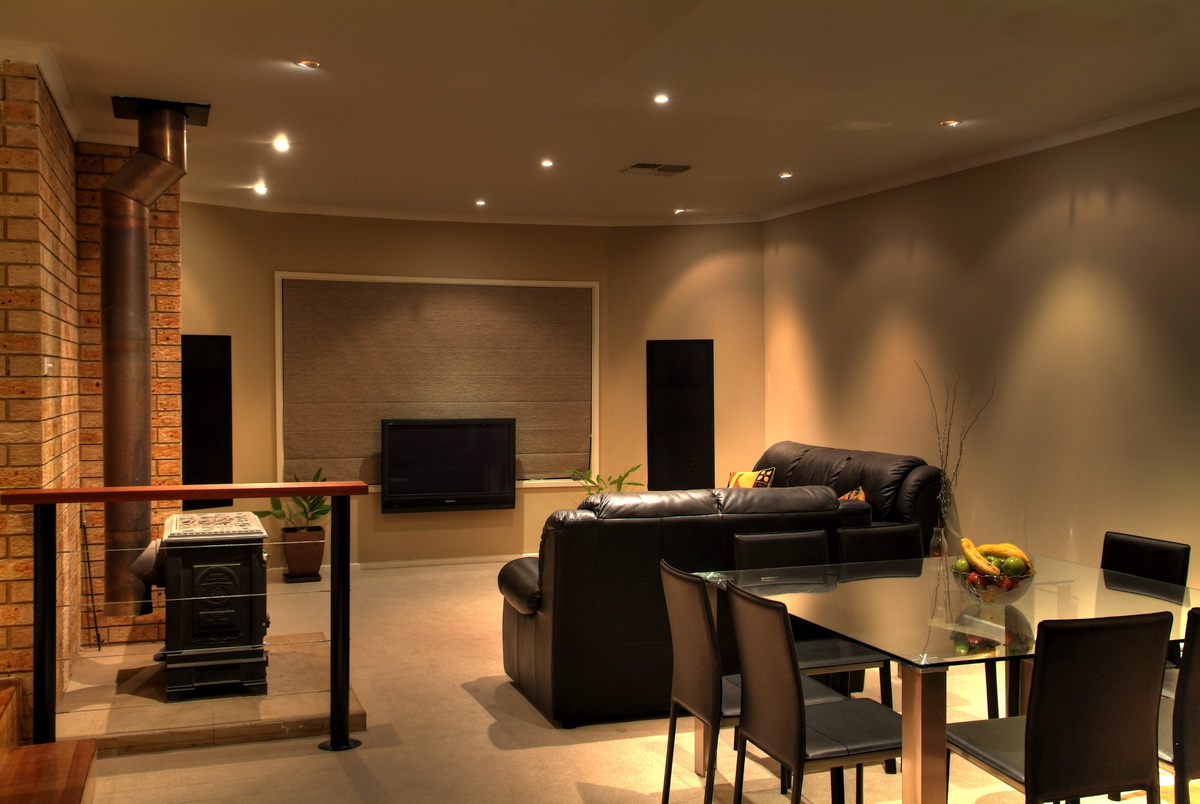
The final result, with grills on. It almost looks like the speakers were meant to be there all along! The 42" plasma will be replaced with a bigger one in the future. Throw in a built in cabinet for the electronics and the job is done.
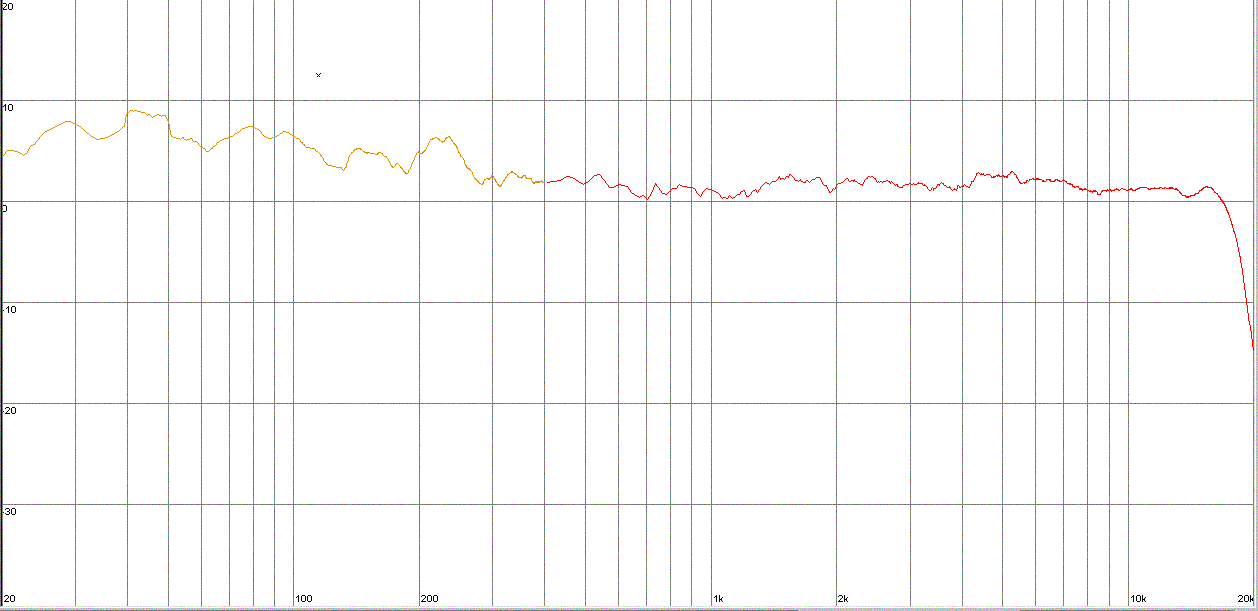
This is the frequency response of the system from the listening position, after calibrating the Behringer DCX2496 which is in charge of crossover duties. The plot was taken with my IMP/MLS and is two traces joined at 400Hz. 10dB/div, 1/3rd octave smoothing. Thanks to the controlled directivity of the Unity horns, the response above the 340Hz crossover changes by no more than a dB or two anywhere in the room. Room modes mess up the bottom end a little, but not as badly as expected because of the large (80M^2) irregular floorplan, soft absorbent walls and the distributed bass system. There is only a small amount of eq though the pass band of the bass section and the horns, but a fair amount of work was required just above the crossover region for the bass drivers. They have a suspension related response irregularity at around 500Hz which needed to be taken care of. The final acoustic response slopes were fourth order HP and sixth order LP. With a small amount of delay everything fell into place. Interestingly enough, there is no padding required for any of the drivers. The sensitivity of the four 830847's per side is the same as the Unity horns, with the B&C DE25. The horns are better than +/-2dB up to 16KHz throughout most of the room. The slight rise in the low end is intentional. The system sounded better that way. When it was truly flat the bass sounded lacking except at very high levels. At normal listening levels of around 90dB the system sounds great when it's balanced like this.